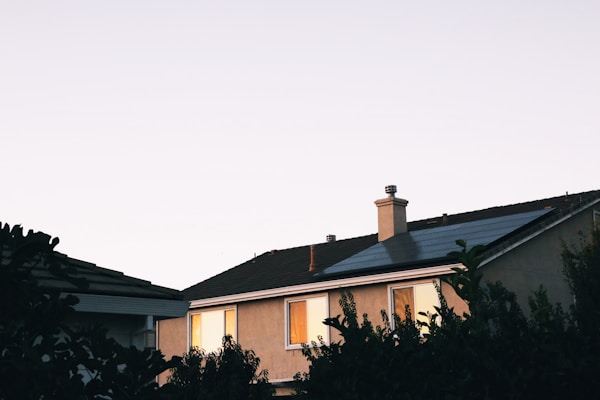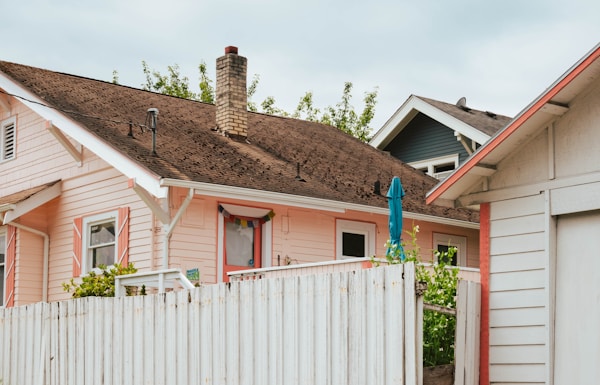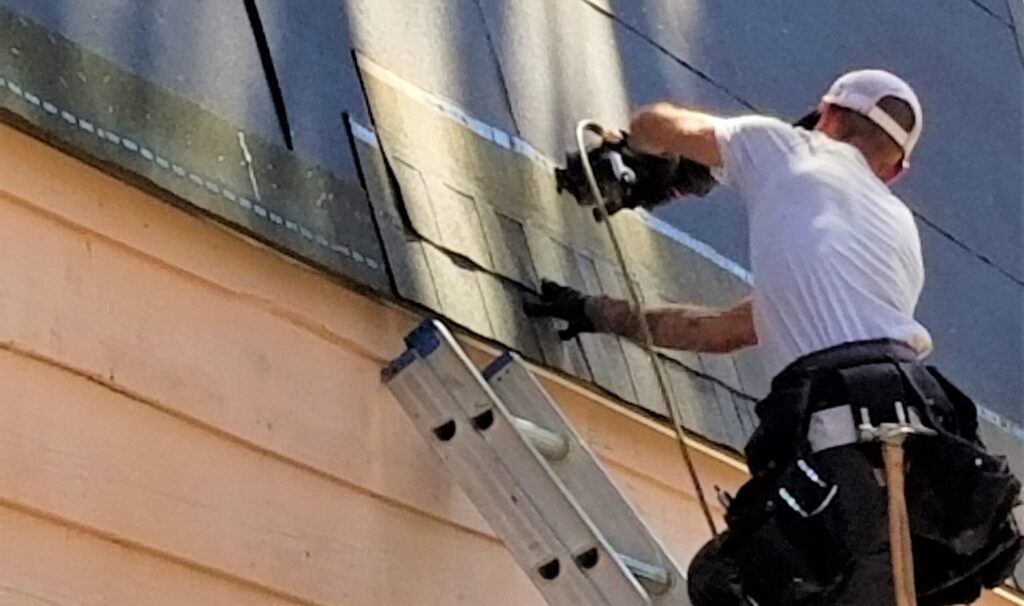Your home’s roof is one of the most important components of its overall structure, protecting you and your possessions from the elements. It’s essential to know when you should consider a roof replacement, as proper maintenance can extend the life of your roof and minimize potential damage to your home. In this article, we’ll discuss key factors indicating it’s time for a roof replacement. Keep reading to learn more.
Inspect the Roof for Visible Damage

One of the easiest ways to check whether your roof needs replacement is by inspecting it for visible damage. When inspecting your roof, look for missing or damaged shingles, which can lead to leaks and water infiltration. Additionally, look for any signs of mold, rot, or water damage on your roof, as these can indicate a more significant issue that requires immediate attention.
Another aspect of visual inspection is checking your roof’s flashing. Flashing covers roof joints, valleys, and penetrations, like chimneys or vents. Ensure that your flashing is intact and securely attached to your roof, which is essential for preventing water infiltration. If you are unsure about the severity of the damage or if you need a roof replacement, it’s best to consult a professional roofer for an expert assessment.
Lastly, consider the age of your roof when determining whether it needs replacement. Most roofing materials have a shelf life; as they age, they become less effective at protecting your home. For instance, asphalt shingles typically last 20-30 years, while a metal roof lasts up to 50 years or more. If your roof is nearing or has surpassed its expected lifespan, it’s an ideal time to assess whether it’s time for a roof replacement.
Perform Regular Maintenance
Regular maintenance on your roof can help prevent the need for roof replacement, extend the life of your roofing material, and protect your home from potential damage. One essential aspect of roof maintenance is cleaning your gutters. Blocked gutters can cause water to overflow onto your roof, leading to water damage and rot.
Moreover, you should also trim back any overhanging branches, as these can cause damage to your roof by rubbing against the shingles. Additionally, regularly removing debris from your roof and clearing away moss and algae growth can help maintain the integrity of your roof and prevent damage.
Energy Efficiency Considerations
An old and damaged roof can be a significant energy drain on your home, leading to higher heating and cooling costs. A new and well-insulated roof can help reduce energy expenses by keeping your home cooler during warmer months and retaining heat in colder months. When considering roof replacement, evaluate the energy efficiency of the roofing materials and consult a professional roofer to explore options that can improve your home’s energy performance.
Replacing your roof can also present an opportunity to install rooftop solar panels, reducing your energy consumption and contributing to a sustainable and eco-friendly living environment. Many roofing contractors now offer solar panel installation alongside roof replacement services, streamlining the process and allowing homeowners to reap the benefits of a greener home.
Choosing the Right Roofing Material

Once you’ve decided to replace your roof, select a suitable roofing material that will meet your budget and provide the protection and aesthetic appeal desired. Asphalt shingles are one of the most popular choices among homeowners thanks to their affordability, durability, and versatility. However, many other options are available, such as metal, wood, tile, and slate.
When deciding on a roofing material, consider factors such as the climate in your area, the style of your home, and the long-term maintenance requirements. A professional roofer can give you recommendations based on the specific needs of your home and location.
Take advantage of this opportunity to reevaluate your roof’s ventilation system. A well-ventilated roof can help reduce moisture-related damage, reduce energy consumption, and prolong the life of your new roofing materials.
Knowing when and how to replace your roof can save you time and money and prevent potential damage to your home. By regularly inspecting, maintaining, and making energy-efficient choices, you can protect and invest in your home’s value and longevity.

